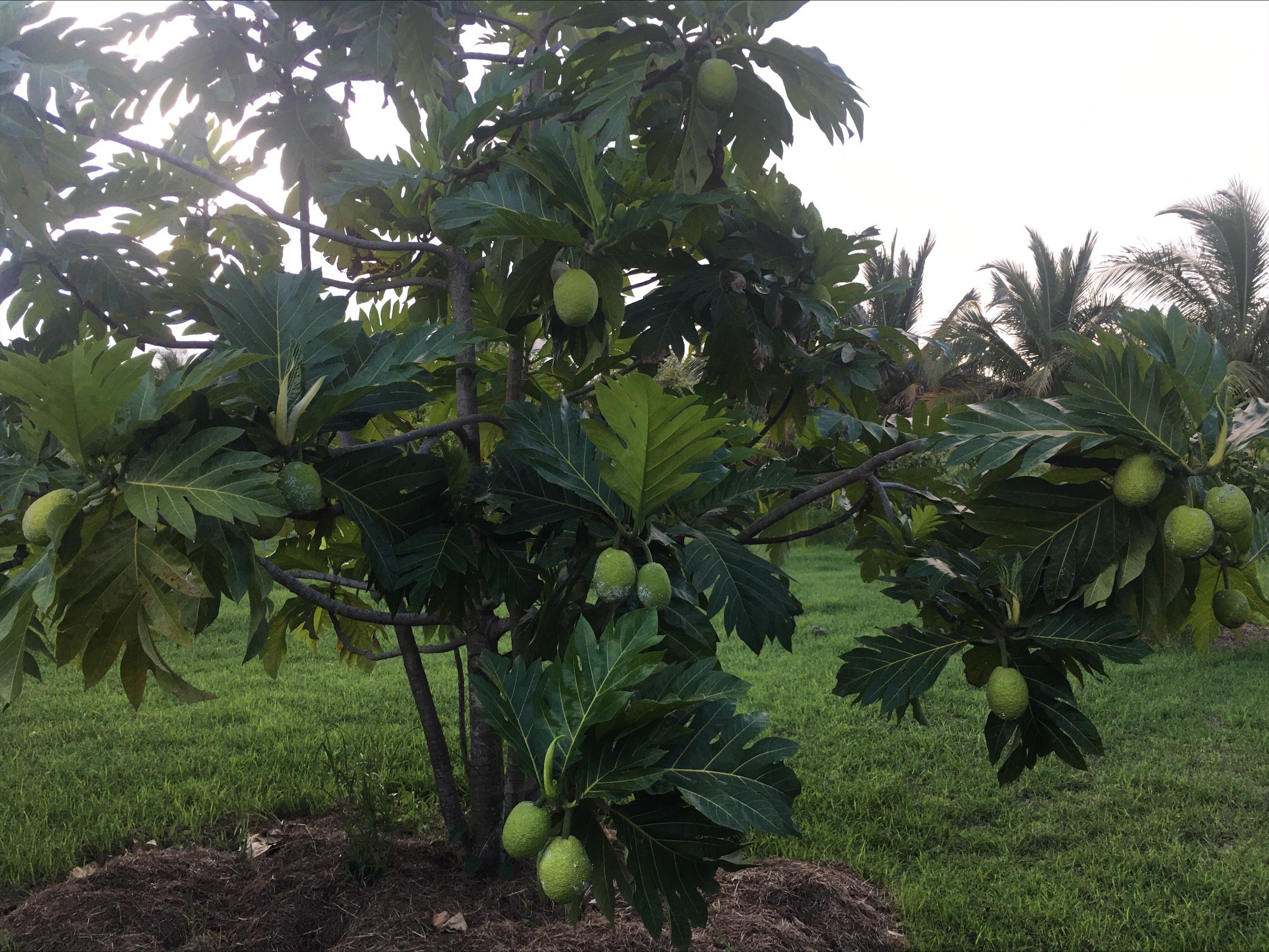Medicinal Plant Gardens
Medicinal plant gardens can be viewed as living libraries of biocultural traditions. The plants reflect healing values and the resourcefulness within families. The aromatic and lush properties of the garden are of therapeutic value from the perspective of aesthetics offered. Let’s discuss garden designs and share your success or perspective.
For your review and for persons who missed Forum #1, the video is now available when you click the button above. However, it requires that you have a Gmail account for access. If you do not already have Gmail, this will require you to create an account. Click here to submit your Gmail address.
Introduction
In the Plant Medicine Course, Unit I focused on medicinal and aromatic plants of Barbados. We examined several plants commonly used in Barbados for their medicinal value as passed down through generations. We asked participants to complete a short survey to indicate their knowledge and use of medicinal plants. The results of these are shared below so we can learn from each other how we use medicinal plants in Barbados.
For this forum session, we want you to share your stories. Share how the course impacted you and how you were able to use what you learnt to start or continue your journey with Barbadian traditional medicine. Did you start a medicinal plant garden? Are you now more interested in the use of plant-based food and medicines? Did you try any of the cooling teas? Did you try any of the recipes shared during the course? This is your time to share your progress and plans.
Unit I Survey Results
For this course, persons were asked to complete a short survey mainly focused on the practice of traditional medicine in Barbados. We asked persons to identify the parish in which they currently reside and followed this by asking if this was the parish where they grew up. About 50% of persons currently live in another parish and this shows us the current distribution of knowledge across the island.
Figure 1. Distribution of Barbadian Traditional Medicine across the Island
Next, we asked about family traditions and from whom biocultural knowledge was acquired. This gives us some indication of the passage of knowledge to the next generation. We found, as expected, that knowledge is passed from grandparents and parents to their children.
Figure 2. Passage of Barbadian Traditional Knowledge
We asked persons to tell us which plants they used for medicine, what ailments they were used for and how the plants were prepared. This was the main aim of the survey, to gather this type of information and for it to be shared for us to better understand and learn more about our medicinal plants and how they are used to maintain health. The results are compiled and shared in the tables below:
Table 1. Traditional Uses of Plants for Medicinal Purposes
Table 2 .Traditional Uses of Plants for Medicinal Purposes cont’d
Garden Spaces
Persons who attended Unit I of the recently concluded Plant Medicine Training Course 1 were tasked with designing a medicinal plant garden. Take a look at Honor Wiltshire’s creativity below.
Plants as Food and Medicine
Persons who attended Unit V of the recently concluded Plant Medicine Training Course 1 saw how our local resources like bitter melon, soursop, papaya, coconuts, turmeric, sweet potato, mauby, breadfruit, Barbados (West Indian) cherry and cucumber plays dual roles as food and medicine. Attendee Merlicia Armstrong was eager to showcase some of what can be found in her garden space.
Dr Joanne Simmons-Boyce was the facilitator for Unit III of the Plant Medicine Training Course. However, she also took the time to be a participant at other units. She attended Unit V and was so inspired by Mrs Bernice Chase use of breadfruit (Artocarpus altilis) in the Farmer’s Kitchen that she decided to create her own recipe. Join Dr Simmons-Boyce in the kitchen as she shows how to incorporate breadfruit, a local plant resource into a tasty treat!
-
Ingredients
2 c breadfruit puree
1 large egg
1/4 tsp nutmeg
1/2 tsp cinnamon
2 tsp vanilla essence
1/4 c sugar
1 tbsp margarine (melted)
2 1/2 c flour
1 tsp instant yeast
Oil for frying
Cinnamon and sugar to coat the donuts
Directions
Blend ~1/4 large breadfruit with 1 c water to get the breadfruit puree.
Beat egg, nutmeg, cinnamon and vanilla essence.
Mix in breadfruit puree. Add sugar and margarine and mix thoroughly.
Add flour and instant yeast and mix until well combined and a soft dough is formed. Let the dough rise for at least 1 hour.
Fry spoonfuls of the dough until golden brown, roll the donuts immediately in the cinnamon sugar mixture, if desired.
Best enjoyed warm.
A Message to the Participants
Thank you for taking the time to join us as we embark on this new and exciting journey where we give you, our friends a platform on which to share firstly among each other and later the wider public. This space is currently only accessible to those who registered for the Plant Medicine Forum. Many of you would have attended our Plant Medicine Training Course, if you didn’t, the videos and information are there to be reviewed, so please don’t hesitate to share with the group any images, recipes, products and/or knowledge by hitting the submit button below.














